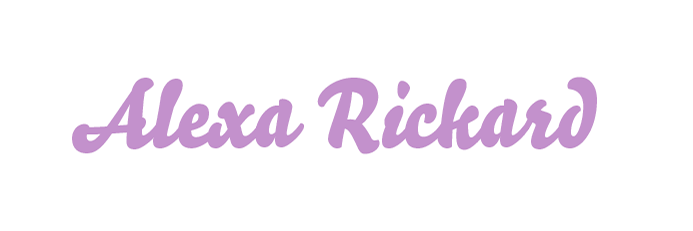– Event Keynote Design + Animation
– Stakeholder Communications
– Teammates (Graphic Designers and Animators)
– Keynote Producer
– Video Editor
– Experiment with text and shapes
– Be creative with it
The final lockup for Tech Summit
– Use Adobe brand colors
– Present your ideas for a chance to be selected
Early stages of ideation building from Adobe Stock finds
Explorations of cube arrangements, kaleidoscope effects, different background colors and gradients, and early mockups.
Complex patterns using Repeat Grid in Illustrator. You can see the people in the first two to illustrate the 'room' effect. All of these were ultimately too busy.
Simple patterns that I was testing as a supplemental design element to add more depth to my mockups. The diamond pattern was used in the final approved concept.
The final set of mockups I proposed and the hexes that were used in each. The bottom left/multi-colored was selected as the primary creative.
– The hero creative
– Color palette
– Typography
– Do & don’t do examples
– Different crops and examples of the art in use
– Basic slides with simple formatting, to keep it easy for the non-designer end user
– Continuity of the Tech Summit branding
Resized, recolored, and repositioned the Adobe logo on the title slides. It looked like an afterthought in my original 2021 version.
Resized and repositioned the lockup to be below the Title text. It felt heavy on top in the original, where now it grounds the text to the slide.
Repositioned and changed the font weight of the subtitle text to offer more hierarchy between the Title and Subtitle.
– An agenda slide that can be updated each day with the date, schedule and speaker images
– Send frequent reviews to the speakers and keynote producer for review
– Transfer to Keynote and build animations
– Track changes and own the master decks for the Event Chairs
Show flow and speaker scripts provided by the Keynote Producer. I reviewed these to understand the event and how best to design for their talk track and how certain graphics could fit in the flow.
Photoshop document (left) that I used to mask all speaker images before they could be inserted into the title slide layouts (right).
PPT 'strawman' of the speakers' content, all in text format, for me to decipher and plan visuals around.
The same set of slides as the 'strawman' above, designed with the Tech Summit brand and broadcasting style in mind.
The original design wasted a lot of space and the boxes were quite rigid for the stylings of Tech Summit. The final design allowed for more copy in a easy to follow list format, as well as having room to include the speaker images.
Setting up the animation and timing preferences in Keynote. Which was exported as a video file.
Sample of one of the video exports from Keynote. This is what I provided to the editor, along with timing notations of where to place it in the speakers' recorded video.
Video review tool, Frame.io, where I reviewed all speaker videos and made comments to the editor for gfx and changes needed.
